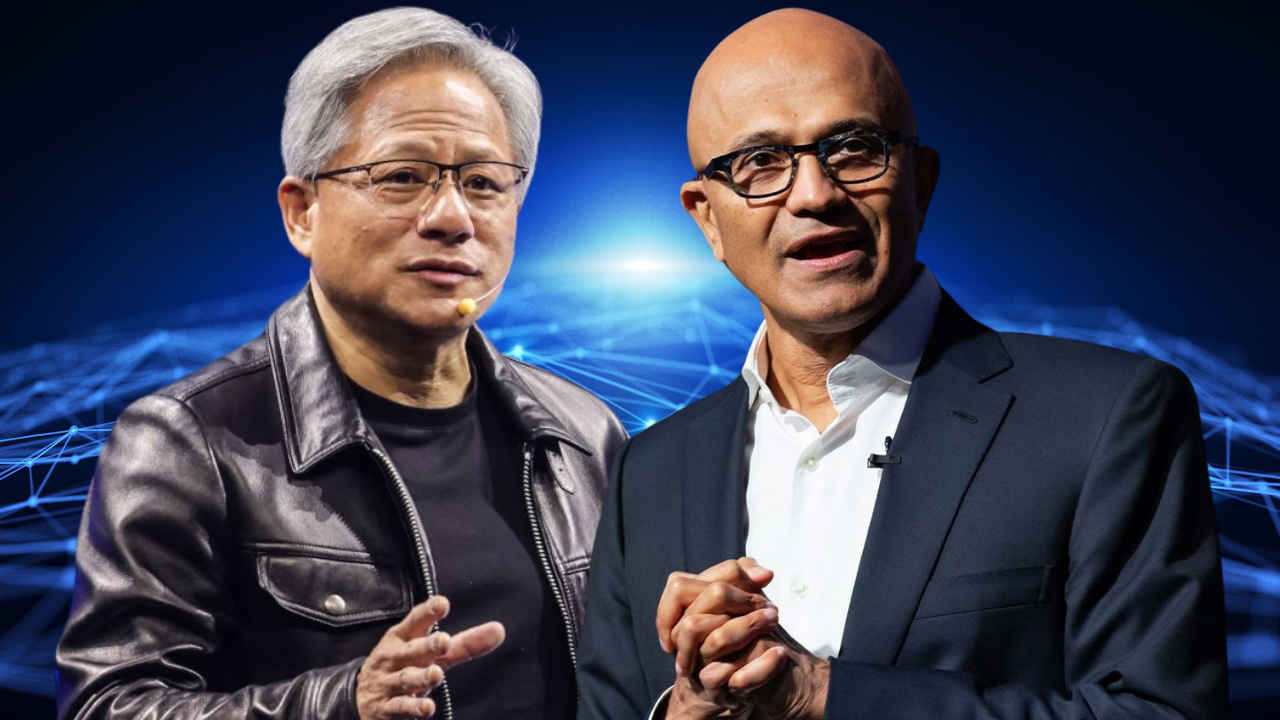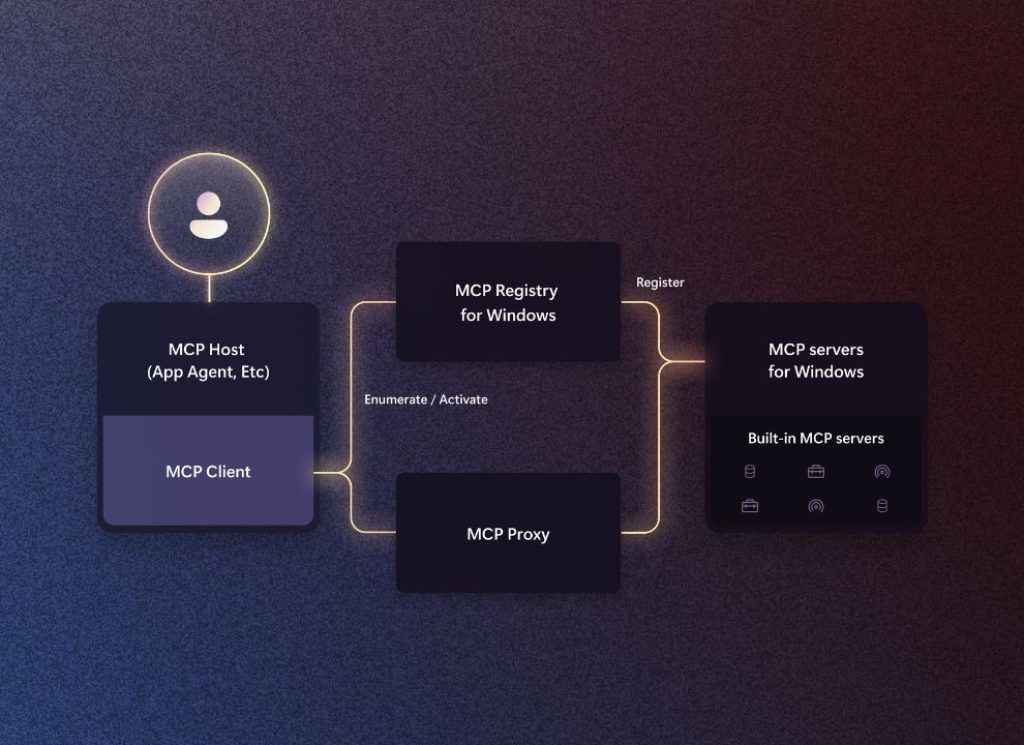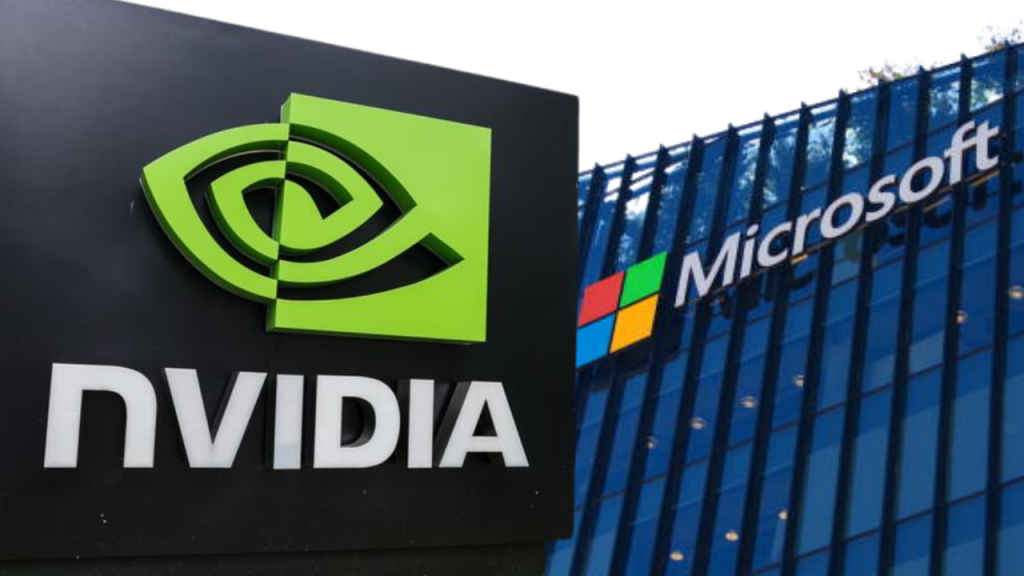AI Factories to Agentic Web: NVIDIA and Microsoft’s vision for Future of AI

Somewhere between the sensational presentation slides of Jensen Huang’s Computex 2025 keynote and the low-code demos at Microsoft Build, I had a moment. Not a eureka exactly, but more like a sense of standing at a fork in the road where the future of AI diverges, yet somehow still loops back to the same destination.
One path, paved with NVIDIA’s hardware wizardry, looks like a gleaming factory floor. While the other road, Microsoft’s software-first approach to everything, resembles a dynamic workspace teeming with digital co-workers. And me? I’m squinting at both these soon-to-be new normals, trying to piece together how these world-shaping tech titans are sketching their visions of artificial intelligence – not as science fiction, but as key digital infrastructure.
Jensen Huang and NVIDIA’s Vision of AI: It’s an Industrial Power
I’ve seen Jensen Huang evangelize before, but at Computex 2025, he’s less a CEO and more a preacher, sermonizing in the gospel of silicon. “AI is infrastructure,” he says, and it’s not a metaphor he tosses lightly. He calls today’s data centres “AI factories” – places where energy goes in and tokens, which enables everything generative in the large language model era, come out. The framing sticks with me. We’re not just building computers anymore; we’re setting up foundries for future thought.
Also read: DGX Spark, NVLink Fusion, RTX PRO Servers – NVIDIA’s Full AI Stack Revealed

What are the central pieces of Huang’s and NVIDIA’s AI sermon? Two names you’ll hear a lot this year: NVLink Fusion and the Blackwell GPU architecture. NVLink Fusion feels like the invisible scaffolding of tomorrow’s AI industry – an interconnect so fast it allows multiple chips, even from rival vendors like MediaTek or Qualcomm, to talk in a kind of hyperactive, no-bottleneck dialect. And then there’s Grace Blackwell, NVIDIA’s new AI super system, essentially a machine purpose-built for training trillion-parameter models at blistering speed. Huang proudly cites 800 GB/s of chip-to-chip bandwidth. I try to imagine it, but it’s like wrapping my head around the speed of light. The thing just hums.
And yet, it’s not all hyperscale. Huang surprises us with the DGX Spark, a compact AI supercomputer for researchers and developers – basically a desktop box that lets you run frontier-scale models in your lab or office. “In full production,” he says. I wonder if this is NVIDIA’s way of saying the next AI unicorn might be brewing in someone’s garage.
But what makes NVIDIA’s vision so compelling isn’t just raw performance – it’s how it reframes the economy of AI. Data becomes the new ore. GPUs, the refinery. And tokens? They’re the finished goods of intelligence that will realise everyone’s imagination into tangible output.
Satya Nadella and Microsoft’s Agentic Turn
If NVIDIA is gearing up to build the machines that power AI, Microsoft is focused on teaching AI how to behave like your most competent colleague. At Build 2025, Satya Nadella is less showman than systems thinker, but his message lands with just as much clarity. He introduces us to what he calls the “agentic web” – a constellation of autonomous AI agents built into Microsoft’s developer and productivity stack. These aren’t just assistants anymore. They’re peers.
Take GitHub Copilot. The AI that once helped you autocomplete a line of code is now able to refactor your project, squash bugs, or even keep an eye on system uptime. Nadella calls this evolution “from pair programmer to peer programmer,” and honestly, it’s a bit chilling – in the exciting, “we’re-about-to-live-in-a-Neal-Stephenson-novel” kind of way.

But Microsoft doesn’t stop at dev tools. The entire ecosystem gets the AI upgrade. From new features introduced in Microsoft 365 Copilot, the sleek new Phi-4-mini model powering real-time inference in Edge, and the debut of Windows AI Foundry, designed to encourage more agent integrations across the desktop experience. Satya’s message couldn’t be more obvious, that going forward AI isn’t just a feature – it’s a co-pilot for everything you wish to do and accomplish.
Here’s where Microsoft’s pragmatism shines. The company’s 2025 AI spend – $64 billion, by latest estimate – isn’t just a burn rate; it’s an investment in scale, efficiency, and profitability. Nadella stresses “algorithmic efficiency” over brute-force compute. That’s his soft rebuke to the silicon-intensive approach of NVIDIA, essentially saying that you can still win if you can find a way to do more with less.
At the AI Crossroads: Where Hardware meets Software
For all their differences, Microsoft and NVIDIA need each other more than they’d probably care to admit onstage.
NVIDIA’s AI factories are useless without orchestration software that helps deploy, tune, and operate AI models – precisely the niche Microsoft is filling with Copilot and Azure’s AI agents. And Microsoft’s dream of an agent-infused digital workplace? That’s not happening without NVIDIA’s GPU horsepower humming away behind the scenes – whether in Azure’s data centres or inside a personal AI PC on someone’s desk.
As NVIDIA name-drops Foxconn and the Taiwan government in its AI supercomputer partnerships, Microsoft also says it is deepening its work with OpenAI and Elon Musk’s xAI. If AI is the new electricity, these companies are building the grid – together, even if it’s not always obvious.

When you zoom out a bit and look at the bigger picture, I see this moment less as a dash and more like a dance. NVIDIA gives AI its muscle. Microsoft teaches it manners. One builds the factories. The other trains the workers. And somewhere between those two philosophies, we start to piece together the jigsaw puzzle shape of AI to come. It promises to be faster, more capable, and, crucially, more useful.
It’s not hard to imagine a world where running an AI model becomes as seamless as opening Excel. But you’ll still need a Grace Blackwell GPU to train the model in the first place. And that’s the tension – and also the opportunity – that defines AI in 2025, in more ways than one.
In the end, it’s not so much as Microsoft vs. NVIDIA, but AI compute meeting AI cognition. It’s the industrialization of intelligence and the democratization of its interface. And for developers, creators, and businesses alike, it’s a thrilling, challenging and complicated time to be alive.
Also read: NVIDIA CPUs, gaming handhelds, AI in everything, AI smart rings and more at COMPUTEX 2025
Jayesh Shinde
Executive Editor at Digit. Technology journalist since Jan 2008, with stints at Indiatimes.com and PCWorld.in. Enthusiastic dad, reluctant traveler, weekend gamer, LOTR nerd, pseudo bon vivant. View Full Profile



